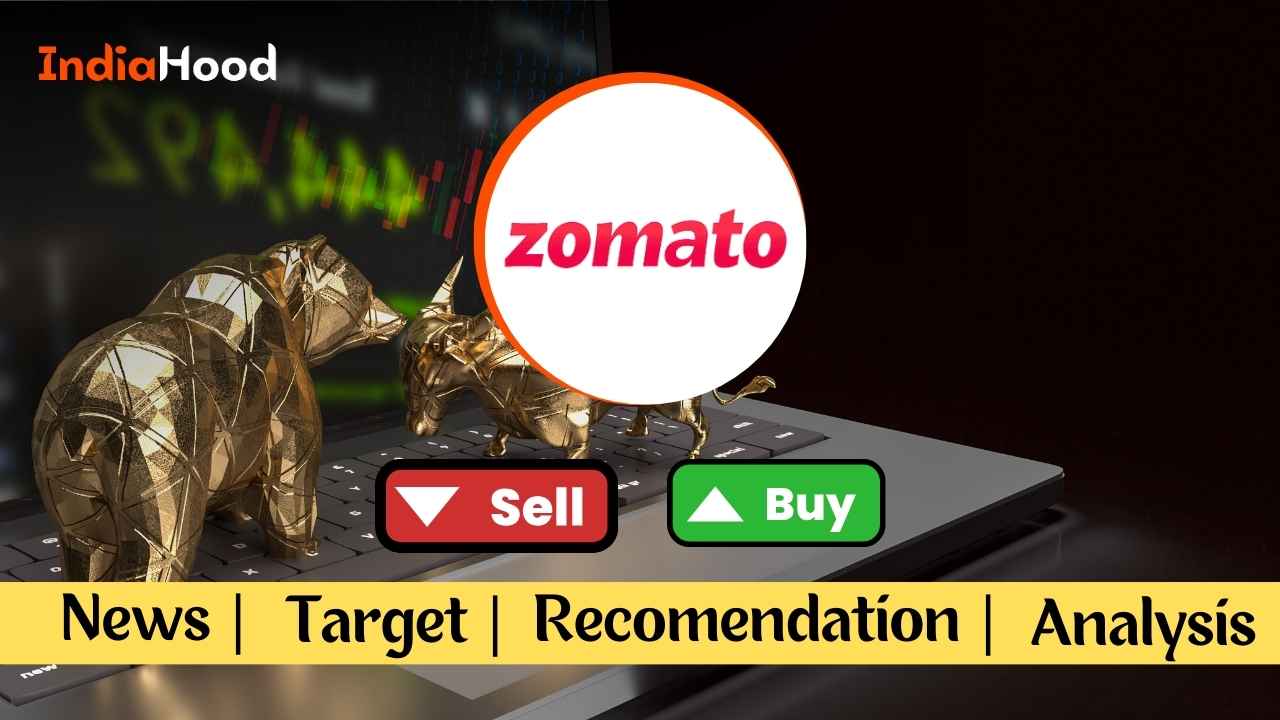Understanding Current Trends in the Indian Stock Market
The Indian stock market is currently experiencing valuations that are significantly higher than its historical averages and those of its Asian counterparts. This elevated market position, as noted by Abhiram Eleswarapu, Head of Equities at BNP Paribas, comes with a strong sense of optimism, underpinned by robust domestic investments into the equity market and heightened interest in Initial Public Offerings (IPOs). However, this optimism calls for a cautious approach, advocating for a more defensive positioning in the near term.
Potential Economic Risks Despite Rate Cuts
In light of recent rate cuts by the US Federal Reserve, many have questioned whether the risk of recession still looms. Historically, monetary policy adjustments, especially in response to inflation, have frequently led to economic downturns. However, given the current economic landscape characterized by a potential soft landing, there are grounds for cautious optimism. GDP growth is predicted to remain around its trend line, and despite some slowdown in the labor market, layoffs are low, which is encouraging. Moreover, factors such as positive real wage growth, healthy services Purchasing Managers’ Index (PMI), and stable credit conditions suggest that a recession in the US may be avoidable.
Market Valuations Near Historical Highs
Investors are grappling with the challenge of navigating a market that hovers near all-time highs. With the upcoming Q2 earnings season, there will be considerable scrutiny on whether corporate performances can justify these valuations. While history shows that tight elections often precede market corrections, previous instances of rate cuts during soft landings have also led to upward market movements. This juxtaposition of potential risks and optimistic indicators makes for a complex investment environment.
Assessing Midcap and Small-Cap Valuations
Midcap and small-cap stocks have outpaced large caps recently, driven by improved earnings and strong retail interest. However, this has led to extensions in valuations, and some pockets within these segments may now feel expensive, offering a lower margin of safety than in recent months. Investors should proceed with caution and consider selective investment opportunities in these areas.
Sectoral Rotation: Opportunities and Pitfalls
Institutional investors, both foreign and domestic, are increasingly reallocating their investments. There’s been a notable reduction in exposure to financial stocks, with growing interest in sectors such as new-age technology companies, power, capital goods, and telecommunications. Defensive sectors like consumer staples, IT, and healthcare have also attracted local investor interest, influencing the performance dynamics of financial stocks, which may now present more attractive valuations. Additionally, commodities may see increased attention due to renewed stimuli from China, which could further shift market dynamics.
Foreign Institutional Investor (FII) Flows to India
Foreign institutional investment flows into India remain a crucial topic of discussion amid changing global economic conditions. With synchronized rate cuts worldwide, there may be renewed interest in emerging markets, including India. Although the market dynamics have favored India over China recently, shifts in sentiment could lead to increased allocations towards Chinese equities, provided underlying economic data supports such a move. Investors will likely remain vigilant, examining Chinese economic indicators to inform long-term investment strategies, especially given the fleeting nature of previous rallies.
Conclusion
In summary, while the Indian stock market reflects optimism through substantial domestic investment and enthusiasm for IPOs, caution is warranted due to high valuations. The broader economic landscape, influenced by global monetary policy and domestic structural drivers, presents both opportunities and challenges for investors. Therefore, a strategic, informed approach will be essential to navigating these complex market dynamics.












